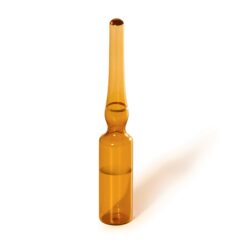Silylation Derivatization Reagent, MTBSTFA w/1% TBDMCS (N-Methyl-N[tert-Butyldimethylsilyl Trifluoroacetamide] w/1% tert-Butyldimethylchlorosilane), Vial, 25 g
$172.00
Silylation is the most widely used derivatization procedure for sample analysis by GC. In silylation, an active hydrogen is replaced by an alkylsilyl group such as trimethylsilyl (TMS) or tert-butyldimethylsilyl (tert-BDMS). Silyl derivatives are more volatile, less polar, and more thermally stable. As a result, GC separation is improved, and detection is enhanced.
Both TMS and tert-BDMS reagents are suitable for a wide variety of compounds and can be used for many GC applications. (Note that silylation reagents are generally moisture-sensitive and must be sealed to prevent deactivation.)
Features & Benefits
- Replace active hydrogen, reducing polarity and making the compounds more volatile.
- Increase stability of derivatives.
| Weight | 0.15 lbs |
|---|---|
| Dimensions | 9 × 9 × 3 in |
Related products
Single-Component
3,3′-Dichlorobenzidine Standard, 2000 µg/mL, Methanol, 1 mL/ampul
Single-Component
515 Herbicide Internal Standard (4,4′-Dibromooctafluorobiphenyl), 250 µg/mL, Hexane, 1 mL/ampul
Single-Component
Single-Component
2,2′,3,4,4′,5′-Hexachlorobiphenyl (BZ #138) Standard, 50 µg/mL in Acetonitrile, 5 mL/ampul
Single-Component
2,2′,3,4,4′,5′-Hexachlorobiphenyl (BZ #138) Standard, 10 µg/mL, Isooctane, 1 mL/ampul

 2-Fluorobiphenyl Standard, 2000 µg/mL, Methylene Chloride, 1 mL/ampul
2-Fluorobiphenyl Standard, 2000 µg/mL, Methylene Chloride, 1 mL/ampul ![Silylation Derivatization Reagent, MTBSTFA w/1% TBDMCS (N-Methyl-N[tert-Butyldimethylsilyl Trifluoroacetamide] w/1% tert-Butyldimethylchlorosilane), Vial, 25 g](https://supplies.gmi-inc.com/wp-content/uploads/2025/05/deriv-reag-25g_ph_so_arm.jpg)

